If embroidery had a fight night, punch needle and cross stitch would be in the ring, duking it out with tiny loops and X-shaped stitches. 😜
Both are fantastic ways to create beautiful designs with thread. But they couldn’t be more different in technique, speed, and final look.
The main difference between punch needle vs cross stitch is,
Cross Stitch Vs Needle
Cross stitch uses small X-shaped stitches for a flat, detailed design, while punch needle creates raised, looped textures for a more plush look.
So, which one should you choose? Let’s break it down and find out which craft wins.
Main facts:
- The punch needle is faster and easier.
- Cross stitch is precise and detailed.
- Punch needles need a hollow needle and monk’s cloth, while cross stitching uses embroidery floss on Aida fabric.

Table of Contents
Is Punch Needle The Same As Cross Stitch?
Nope, punch needle and cross stitch are not the same thing. They’re like distant cousins in the embroidery family. Cross stitch is just one stitch, and punch needle is all kinds of stitch in one pattern.
So, if the cross stitch pattern is like painting with a fine-tip pen, and the punch needle is like a thick brush—both are awesome, just different vibes. Both basically offer different approaches, such as tent stitch vs half cross stitch pattern

What Is Punch Needle Embroidery?
Punch needle embroidery is Instead of stitching Xs like in cross stitch, you use a special hollow needle to punch loops of thread through the fabric. It is also called needlepoint or punch embroidery. It creates a soft, textured design. It’s almost like rug-making but on a smaller scale!
The best part?
It’s quick, beginner-friendly, and super satisfying—you just poke, pull, and watch the design come to life. If you love the idea of embroidery. But if you don’t have the patience for tiny stitches, punch needle might be your new favorite craft.

I think now you can guess the difference between cross stitch vs punch needle, right?

Punch Needle patterns
If you’re gonna do some patterns with a punch needle, then you can try those so far,

Types Of Punch Needle Stitches
Punch needle is like embroidery. It’s made of various kinds of stitches. Here are the main types of stitches you can use to create different textures and effects:
- Loop Stitch
- Flat Stitch (Reverse Stitch)
- Outline Stitch
- Fill Stitch
- Gradient Stitch
- Fringe/Tassel Stitch

Can You Use A Punch Needle For Embroidery?
Yes, you absolutely can use a punch needle for embroidery. But it’s a different style from traditional hand embroidery.
Instead of stitching in and out with a regular embroidery needle, punch needle embroidery uses a hollow tool that “punches” loops of thread or yarn through the fabric. It makes the embroidery effect so easy and satisfying.
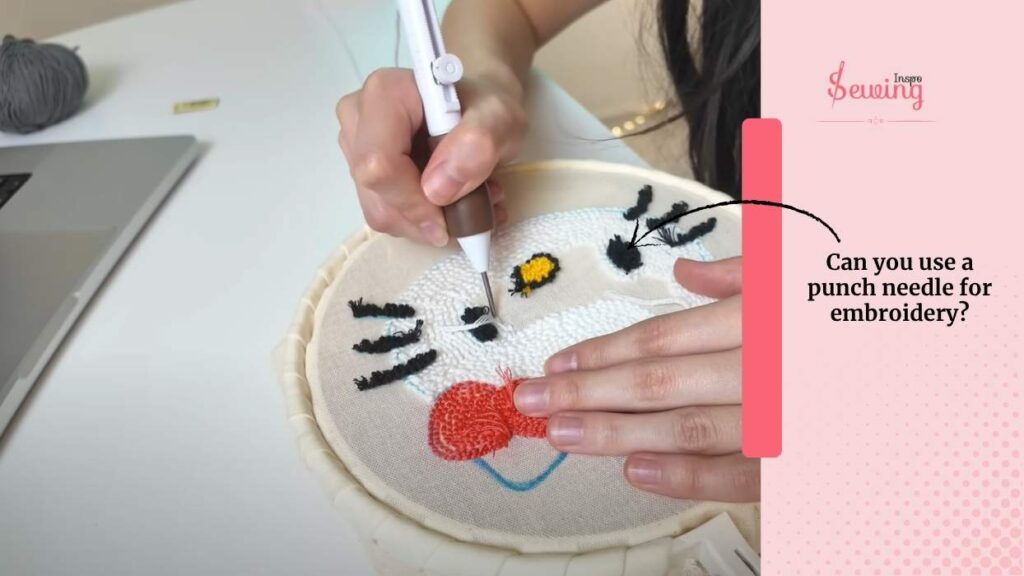
What’s The Difference Between Punch Needle Vs Cross Stitch?
The difference between both is that the ground and sky are just like cross stitch vs embroidery. You can tell them apart just by looking at it. For example,
Punch needles are like 3D, and cross stitching is more like printing on the fabric. Rather than that, it always differs in level.

| Difference Area | Punch Needle | Cross Stitch |
| Technique | Punching loops of thread into fabric | Stitching X-shaped stitches onto fabric |
| Fabric | Monk’s cloth, linen, or weaver’s cloth | All types of cross stitch can be done on aida cloth or evenweave fabric |
| Needle Type | Hollow punch needle | Regular embroidery needle |
| Thread/Yarn | Thicker yarn or embroidery floss | Embroidery floss (usually 2-3 strands) |
| Texture | Raised, fluffy, 3D effect | Flat, grid-like design |
| Speed | Faster—big areas fill quickly | Slower—each stitch takes time |
| Best For | Bold, textured designs like rugs or pillows | Detailed, intricate patterns like samplers or framed art |
| Difficulty | Beginner-friendly with some practice | Easier to learn but can take time for big projects. Go with the danish method if you want something fast. |
| Look | Soft, plush, and looped | Crisp, precise, and pixel-like |
If you like this kind of comparison article then read out our half cross stitch vs continental stitch article.
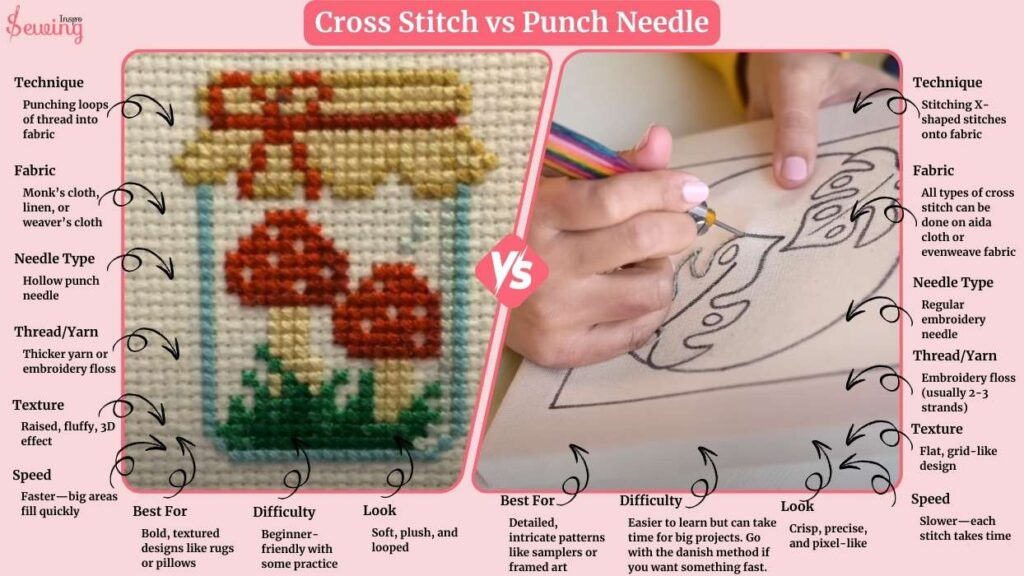
Can I Use A Punch Needle For Cross Stitch?
No, you can’t really use a punch needle for cross stitch at least not in the traditional sense. Cross stitch and punch needle are two entirely different techniques, even though they both utilize embroidery floss and fabric.
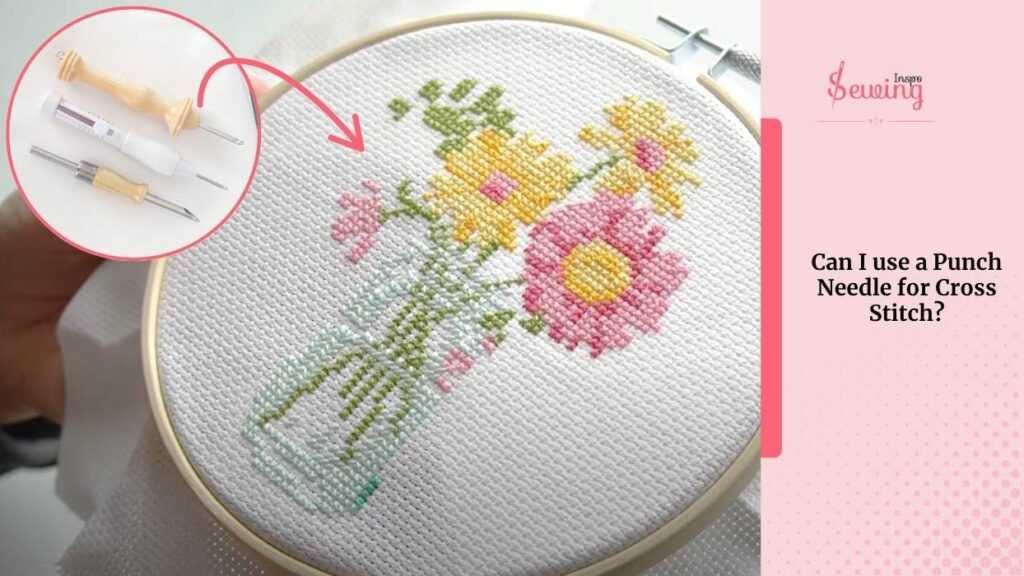
Punch Needle Embroidery Vs Cross Stitch Vs Needlepoint
Another confusion begins when needlepoint comes in a sense. Cause if you search on Google, you will see that a punch needle is also called a needlepoint.
So both are the same, right? Not really!

Punch needle is the fast and fluffy option; you basically stab loops of thread into fabric, and boom, you’ve got a soft, textured design. And needlepoint is the slow-and-steady type. You stitch over a stiff canvas, covering the whole thing like a paint-by-numbers, but with thread.
Cross-stitch is just a tiny X-shaped stitch on an even-weave fabric. So, all three are totally different types of stitches. And there are different cross stitches and needlepoint, too. So, The moral of the thing is,
Punch needle creates fluffy loops; needlepoint covers a whole canvas with precise stitches, and cross-stitch forms neat X-shaped stitches on a grid.
Is Punch Needle Easier Than Cross Stitch?
Short answer? Yes—punch needle is generally easier than cross stitch! If you can hold a pen, you can probably punch a needle.
Unlike cross stitch, where you carefully sew tiny X-shaped stitches onto a grid, punch needle is more like drawing with thread. You push the needle through the fabric, and the loops stay in place.

Can You Use A Punch Needle For Cross Stitch?
Not really punch needle and cross stitch use different techniques, fabrics, and tools. Cross stitch is all about tiny, precise X-shaped stitches on Aida cloth, while punch needle creates looped designs on tightly woven fabric like monk’s cloth or linen.
The biggest issue?

Aida cloth (used for cross stitching) isn’t sturdy enough to hold punch needle loops in place. Punch needles also require a looser weave so they can glide through, whereas cross stitch fabric is too stiff for that.
That said,
If you’re looking for a cross-stitch look with a punch needle, you can mimic the design by carefully punching individual stitches. But it won’t be the same as traditional cross stitch.
So, in short, they’re two separate crafts, and using a punch needle for cross stitch isn’t the best idea!
Extra Info!
Danish Vs English Cross Stitch
Just like that, people also confuse this with the Danish and English methods. But the reality is that both are different methods of cross-stitch. Basically,
The Danish cross stitch goes diagonally in two steps (half stitch first, then crosses back), while the English cross stitch completes each X before moving to the next.
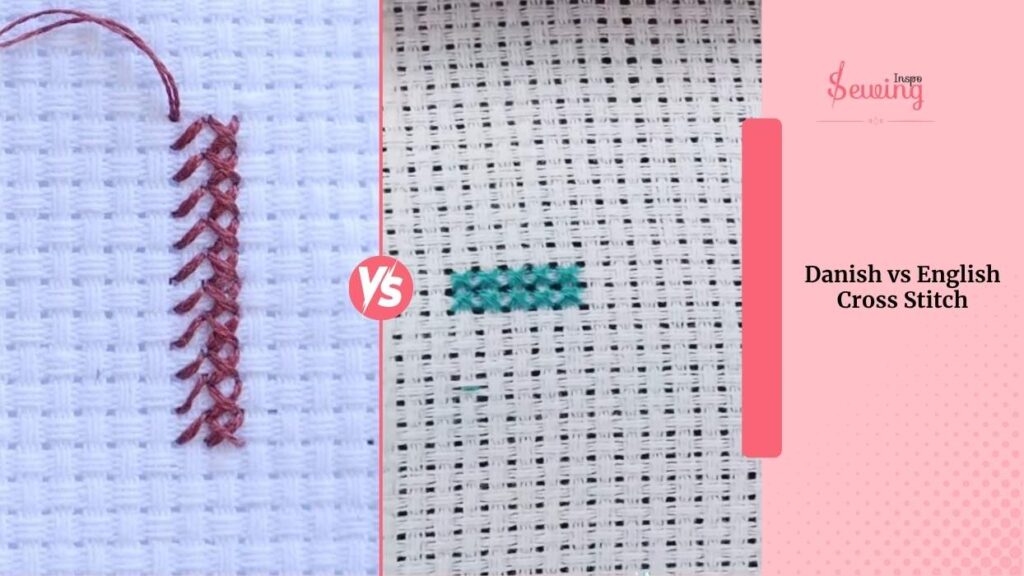
Frequently Asked Questions
Do you use the same fabric for both?
Nope! Cross stitch is usually done on Aida or evenweave fabric with clear holes for stitching. Needlepoint uses a stiffer canvas with a mesh-like structure.
Can I use cross-stitch patterns for needlepoint?
Technically, yes! But you may need to adjust the stitches since needlepoint isn’t based on little Xs like cross-stitch.
Is needlepoint more expensive than cross-stitch?
Generally, yes. Needlepoint requires thicker, more expensive threads (like wool or silk), and the canvas itself is pricier than Aida fabric.
Which one takes longer to complete?
Needlepoint often takes longer because the designs are fully stitched, while cross-stitch faster sometimes leaves background areas unstitched.
Sum up
That’s the difference between punch needle vs cross stitch. Both are stunning in their own way & own era. Punch needle is easier than cross stitch. But if you are determined enough, then both can be used.


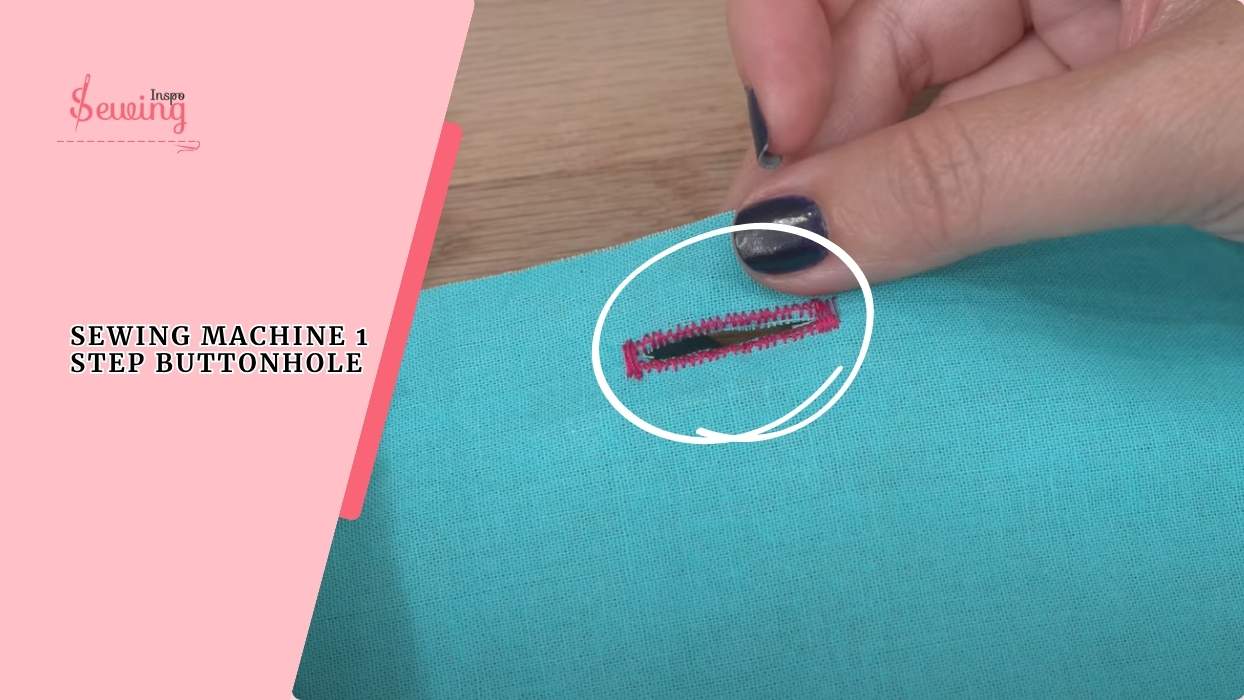
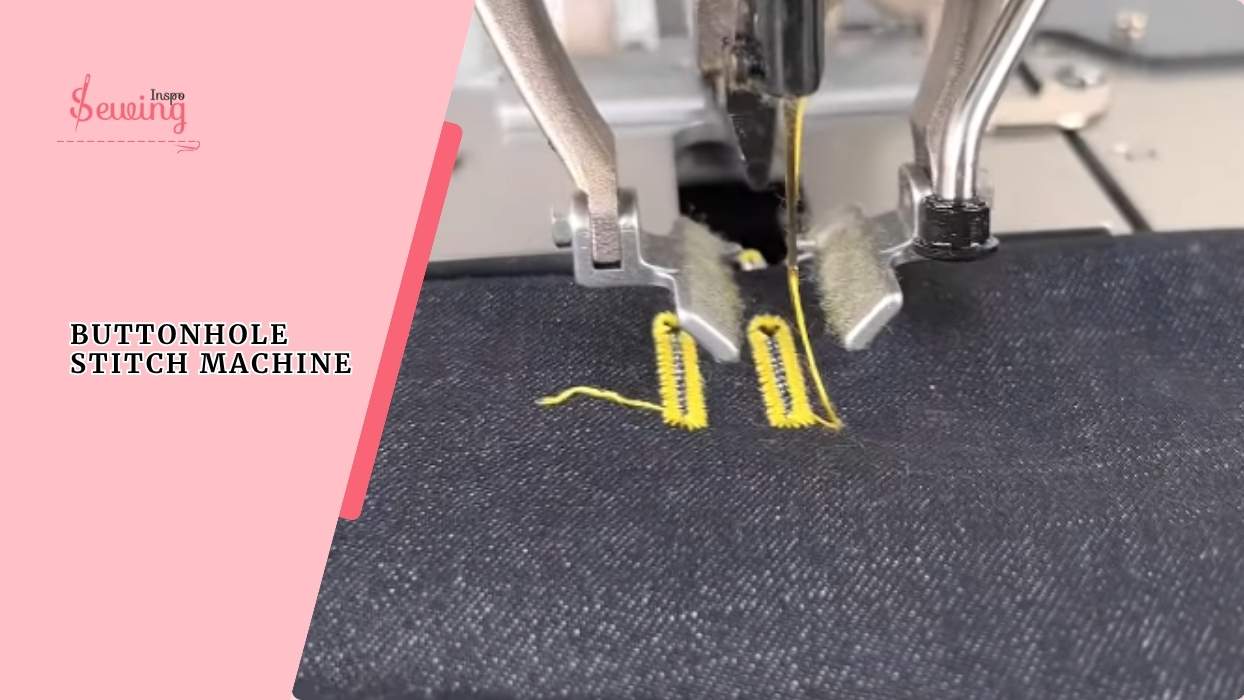
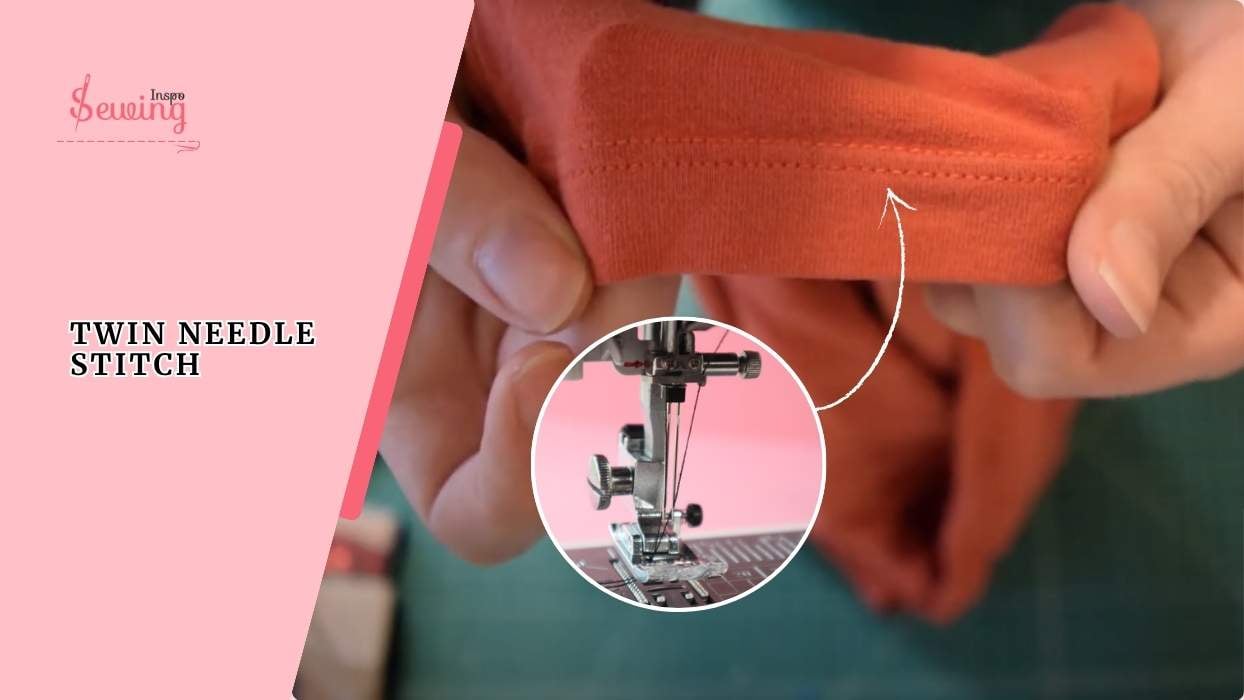
Leave a Reply